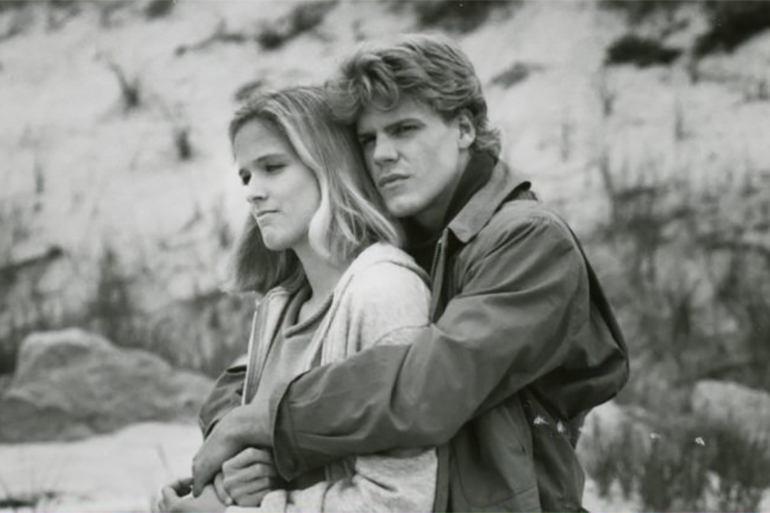PopHampton: Remembering the Long-Forgotten 1983 TV Show 'The Hamptons'

Recent years have seen several popular television series set in the Hamptons. Revenge (2011-2015) was a pulpy thriller about a woman who moved to Southampton to avenge the death of her father at the hands of the old-money family that wronged him. Showtime’s grim drama The Affair (2014-present) focuses on a married Manhattanite author who falls in lust with a married Montauk waitress and the cataclysmic consequences of their actions. But all the way back in 1983, ABC ran a limited series simply called The Hamptons. The primetime soap was a critical and commercial flop—but the story of its development and why it failed makes for a very juicy tale.

In 1978, ailing ABC soap opera General Hospital hired Gloria Monty as its new executive producer. Monty, who personally disliked the soap genre, transformed the slow-moving, old-fashioned show into a cultural phenomenon. During Monty’s tenure, younger characters were brought to the forefront, the plodding storytelling was given a hefty dose of adrenaline and the show became the top-rated soap for years. So, naturally, there were high hopes when ABC hired Monty to produce William Bast and Paul Huson’s new show about two warring families that summer in the Hamptons. Monty and her husband, Robert O’Byrne, had previously produced summer stock productions on Long Island, so she knew the area. What could go wrong?
The Hamptons was given a five-episode order, with the hope that it would be enough of a hit to warrant a full second season (a similar formula had worked for seminal primetime soap Dallas). Shot on videotape in the vein of a daytime drama, The Hamptons was filmed partially on the East End, with some segments taped in other parts of Long Island and Westchester. The show starred Michael Goodwin, Leigh Taylor-Young, Craig Sheffer, Holly Roberts, Kathleen Dezina, Philip Casnoff and John Reilly, most of whom were known for their daytime work.
Despite shooting on the East End, the series was immediately lambasted for its inaccurate portrayal of Hamptons lifestyle and culture. The Washington Post (which was run by East Enders Ben Bradlee and Sally Quinn, who purchased the infamous Grey Gardens estate in 1979) delivered a scathing review of the series and interviewed actual Hamptons denizens who said the characters didn’t represent them in any way.
“There is not a single writer. There isn’t a token artist or a rich, suntanned liberal,” television critic Marvin Kitman said in the piece. Even the legendary Kurt Vonnegut Jr. had something to say: “I’ve never seen anyone drive a Ferrari or a Porsche up to a party here. Everyone drives BMWs or Mercedes.” Ultimately, the Washington Post called The Hamptons “half-witted” and “totally, irredeemably, amateurishly and idiotically worthless.”

Unsurprisingly, The Hamptons never did get that second season. And unlike many short-lived television shows—especially those that were unintentionally campy and over-the-top—The Hamptons has eluded any kind of cult following or recognition. This one wasn’t even so bad it was good; it was just bad. A YouTube search of the show brings up little more than a 13-second promo commercial that shows a clip from the final episode (see above), in which Goodwin’s Peter Chadway attempts to rape Roberts’ Tracy Mortimer (his stepdaughter, naturally). “A triangle of love and murder as The Hamptons concludes!” the announcer exclaims.
It’s interesting to imagine how the TV landscape might have been different had The Hamptons been a runaway success. Perhaps the show would have eventually found its creative footing and introduced more genuine East End elements, or even had an influence on the real-life Hamptons community—though we can’t imagine Vonnegut approving.



